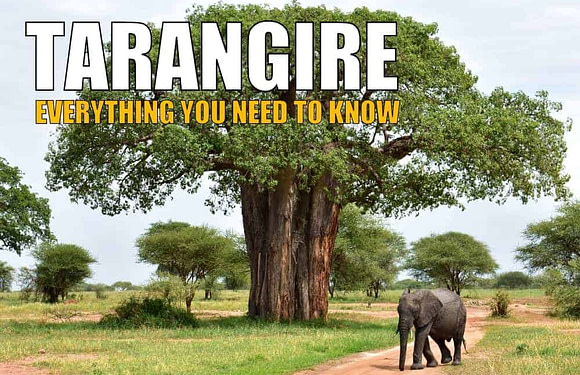
Acacia trees are versatile and adaptable, thriving in diverse environments across multiple continents.
Africa is the primary location of Acacia trees. The Serengeti Plains, spanning Tanzania and Kenya, are the poster child of Acacia-dominated landscapes. Here, species such as Acacia tortilis and Acacia nigrescens flourish. Acacias are found in other African regions, including the Sahel, the Horn of Africa, and Southern Africa. In the semi-arid areas of Namibia and Botswana, Acacia mellifera and Acacia karroo are prevalent.
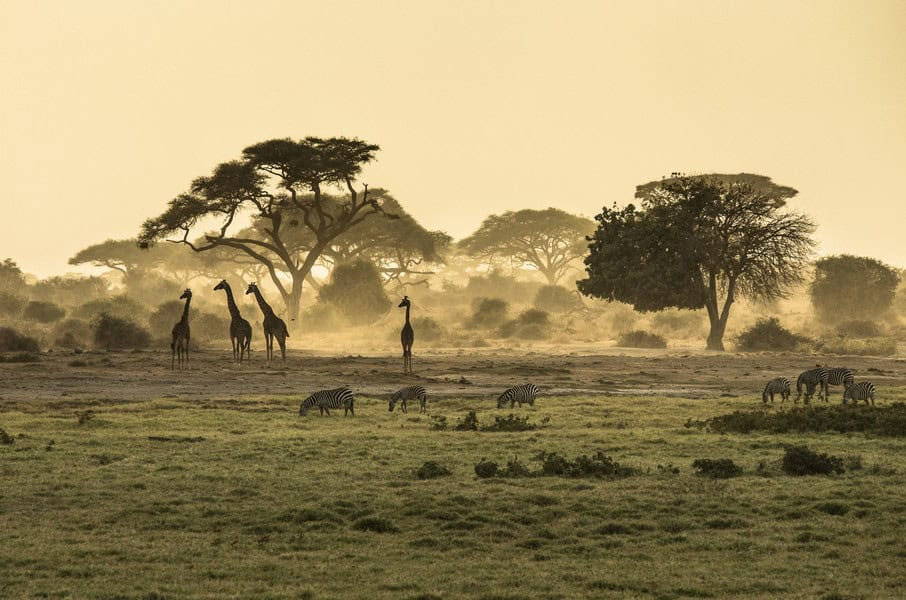
Australia boasts the largest number of Acacia species. Approximately 1,000 species of Acacia are endemic to Australia, thriving in a wide range of habitats from coastal regions to inland deserts. Notable species include Acacia pycnantha (the golden wattle), which is celebrated as Australia’s national floral emblem, and Acacia aneura (mulga).
In Asia and the Middle East, Acacia trees are found across countries such as India, Pakistan, and parts of the Arabian Peninsula. Acacia nilotica, commonly known as gum arabic tree, is widespread in these regions. The Middle Eastern Acacias, including Acacia tortilis and Acacia raddiana, are well-adapted to arid and desert environments.
While Acacias are not native to the Americas, several species have been introduced and naturalized across North and South America. In the southwestern United States, Acacia baileyana (Cootamundra wattle) has been widely planted as an ornamental tree. Similarly, in parts of South America, particularly in Argentina and Chile, Acacias are cultivated for their timber, gum, and as shade trees in agricultural settings.
What Do Acacia Trees Look Like?
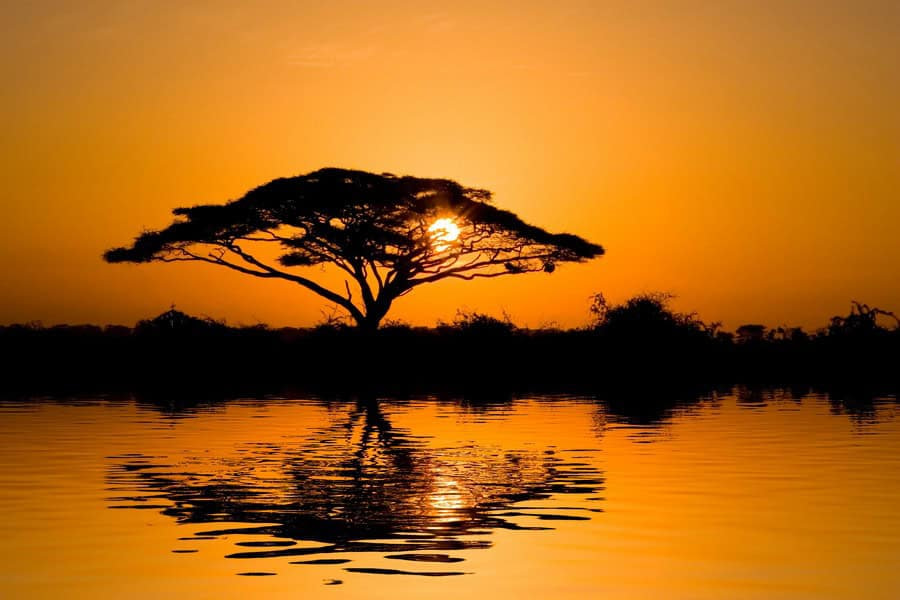
Acacia trees are easily recognizable by their umbrella-shaped canopies, broad spreading branches, and distinctive thorns. These trees vary in size, ranging from small shrubs to tall trees exceeding 65 feet (20 meters) in height.
The leaves of Acacia trees consist of numerous small leaflets that reduce water loss, an adaptation for survival in dry environments. The flowers of Acacia trees are bright yellow or creamy-white. They are arranged in dense clusters that attract pollinators. Following flowering, Acacias produce long, slender seed pods containing numerous seeds.
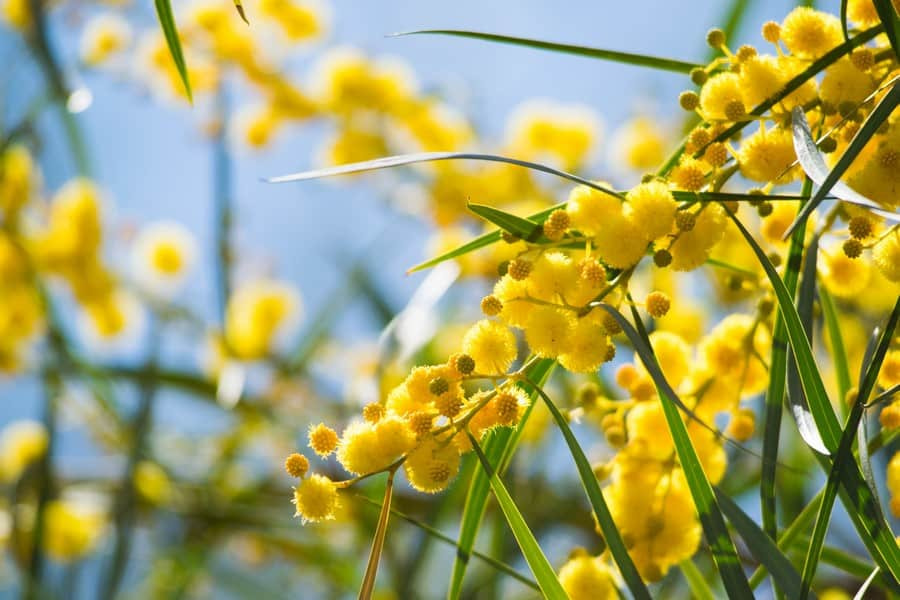
Acacia trees have deep root systems that allow it access water reserves. They thrive in well-drained soils, with some species requiring as little as 12 inches (300 mm) of annual rainfall. Their growth rate varies by species, with some growing rapidly and reaching maturity within 10 to 15 years. These trees can live for several decades. Some species can live over a century under ideal conditions.
What Animals Eat Acacia Trees?
Acacia trees are a vital food source for numerous African animals.
The Acacia’s sharp thorns serve as defense against herbivores. Typically located along the branches and stems, they are physical deterrents. However, certain herbivores are still able to consume their leaves. Giraffes utilize their long tongues, measuring up to 18 inches (45 centimeters), to navigate around thorns, while elephants employ their powerful trunks to break branches and bypass thorny barriers entirely.
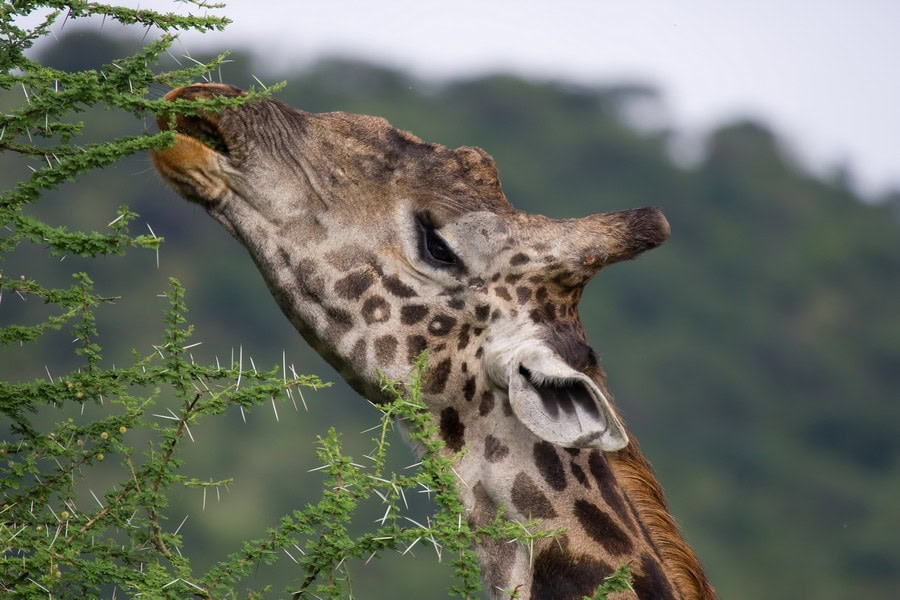
Zebras and antelopes consume leaves and pods, especially during dry seasons when other food sources are scarce. In addition to large herbivores, various insects interact with Acacia trees. Ants and beetles engage in mutualistic relationships, protecting the trees from herbivores in exchange for shelter and food. Caterpillars and moths also feed on the leaves, influencing the growth patterns of Acacia trees.
What Makes Acacia Trees Unique?
Acacia trees are considered keystone species in African ecosystems.
They provide essential habitat and food for a wide range of wildlife. In the Serengeti ecosystem, Acacia trees support wildlife such as lions, wildebeests, and leopards by providing shade and reducing ground temperatures. They also offer nesting sites for birds and shelter for smaller mammals. Additionally, Acacia trees serve as landmarks and resources for migrating herds.
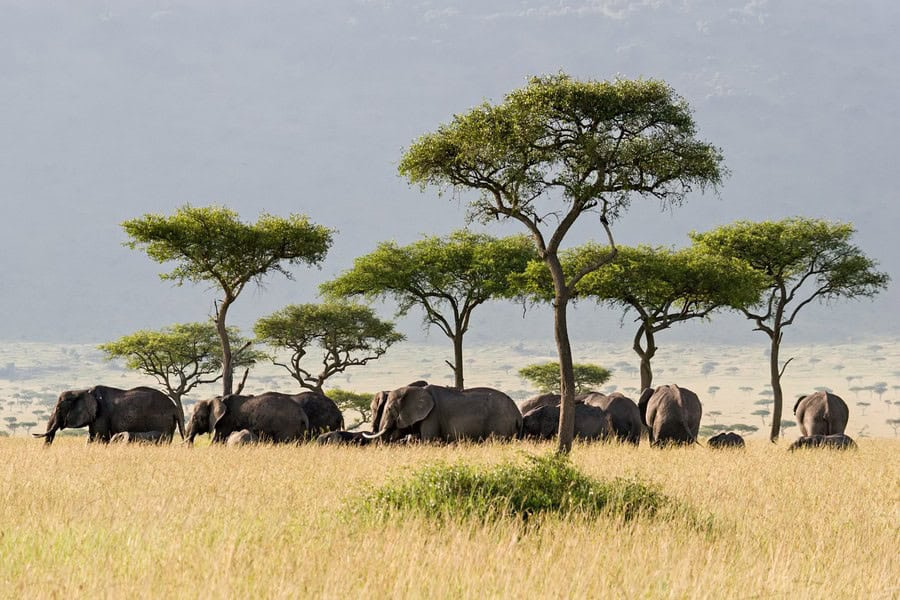
Acacia trees have features that contribute to their survival which are ecologically significant. One of the most important is their ability to enhance soil fertility through a symbiotic relationship with nitrogen-fixing bacteria in their root nodules. This process benefits other plants in the vicinity. Their root systems stabilize the soil, preventing erosion in vulnerable landscapes and contributing to soil health.
What is Acacia Wood Used For?
Acacia wood is highly valued for its durability and resistance to pests, making it a preferred material in construction, furniture making, and various crafts. Its strength and aesthetic appeal make it suitable for building structures, traditional tools, decorative items, and artisanal crafts. Indigenous communities utilize Acacia timber in constructing huts and other traditional dwellings. Additionally, Acacia wood is widely used as firewood due to its high energy content and slow-burning properties.
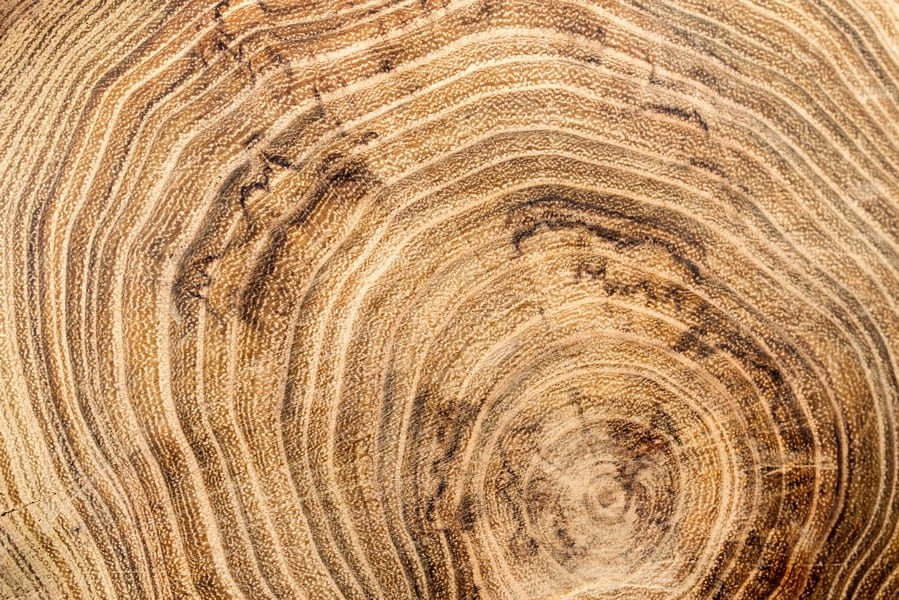
Traditional uses of Acacia wood extend to medicinal purposes, where extracts from the bark and leaves are included in remedies for various ailments.



















































